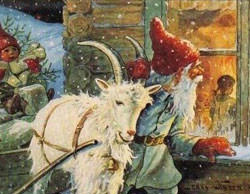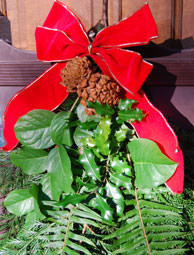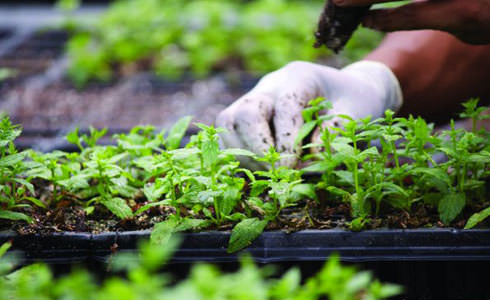
Courtesy iStockphoto/Thinkstock
The Center for Climate Change Law created a model green-building ordinance as a resource that can be implemented by small cities.
When it comes to green-building ordinances, size matters.
Big cities have bigger budgets, which means there’s more cash to spend on researching and writing ordinances that promote and regulate green building. Faced with smaller budgets, small-and mid-sized cities often lack sufficient resources to develop ordinances to encourage green building in their municipalities, and that can halt progress.
Michael B. Gerrard, director of the Center for Climate Change Law at Columbia Law School, wanted to change that. Along with a team of professionals, Gerrard spent months crafting a model green-building ordinance. His goal: Offer a thorough ordinance that can be used to promote environmentally sound construction to cities that don’t have green-building ordinances in place.
“We have done the work and streamlined the process so that small cities and suburbs that don’t have the budgets to develop their own green-building ordinances don’t have to,” he says.
In its most basic form, the ordinance requires that all applications for new commercial-building permits would meet LEED certification design standards. Residential buildings for fewer than two families would need to meet the requirements for Energy Star certification. Builders would not be required to pursue certification, just to prove their buildings are eligible as constructed.
“Improving energy efficiency in buildings has to be one major element in any comprehensive approach to climate change. Right now, 40 percent of our energy use in the U.S. comes from buildings,” Gerrard explains. “It’s important for municipalities to find solutions to climate change and implementing green-building ordinances is part of that.”
In order to develop the model ordinance, Gerrard and his team reviewed green-building ordinances from across the U.S. and noted a huge variance in their content and quality. Using those ordinances as a guide, the team wrote the model green-building ordinance to include the best aspects of similar ordinances nationwide. They paid special attention to avoiding some of the legal pitfalls present in other municipal ordinances.
The ordinance was made available in October 2010. Although it has yet to be formally adopted in any city, Gerrard has high hopes that will change in 2011.
“I’ve been getting a lot of calls about [the ordinance],” he says. “There is a lot of interest in using it.”
Gerrard declined to provide names of cities that might be considering adopting the ordinance, though he explains that it was designed for cities and suburbs with populations of less than 500,000. He also notes that municipalities in the Northeast seem most interested in adopting green-building ordinances because the prices of electricity are so high.
As cities begin thinking about adopting the model green-building ordinance, Gerrard and his team are available to answer questions.
“Our hope is that municipalities will see the model ordinance as a valuable resource and move forward to implement it and use it as a framework for developing environmental standards for building in their cities,” he says. “We’ve done the work and now it’s up to [cities] to take the next steps.”
The model ordinance is available for download through the Center for Climate Change Law.













